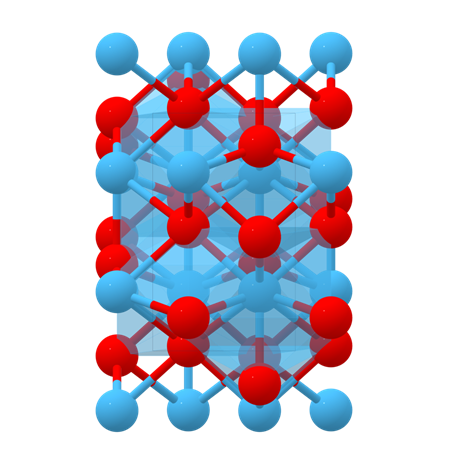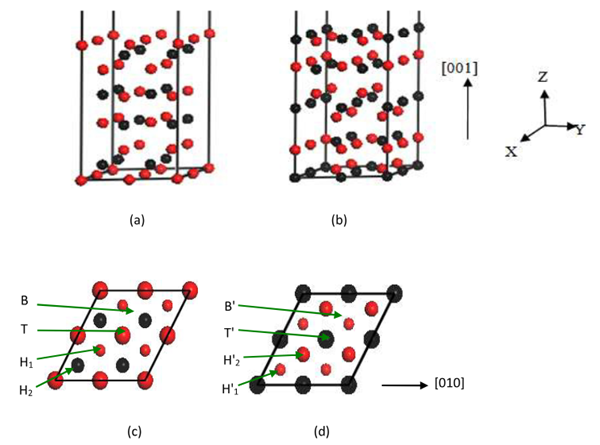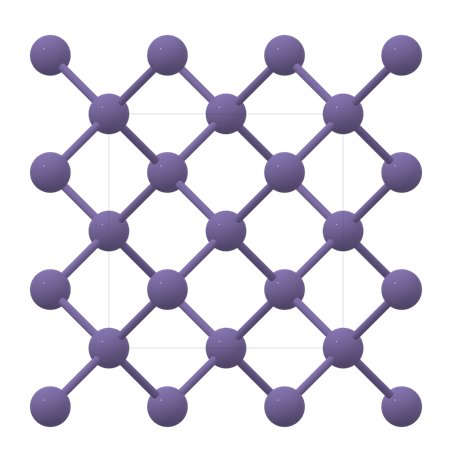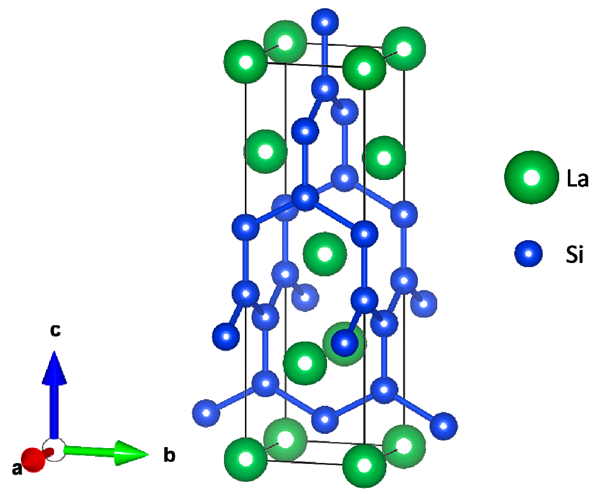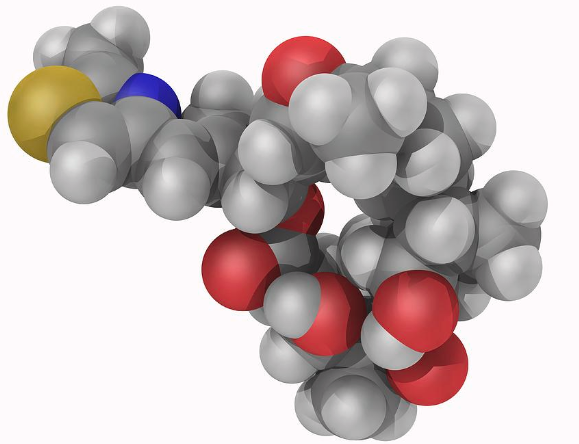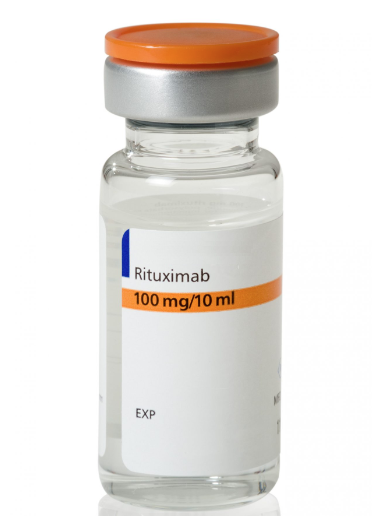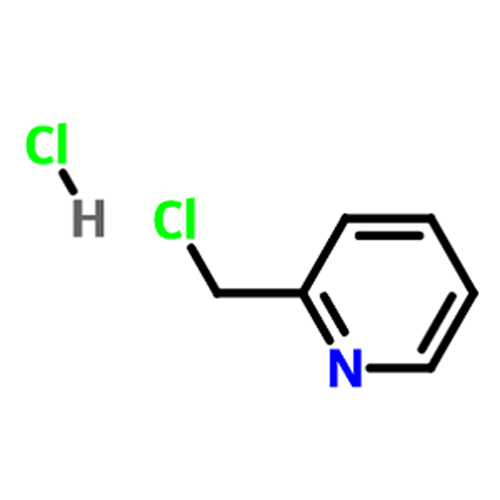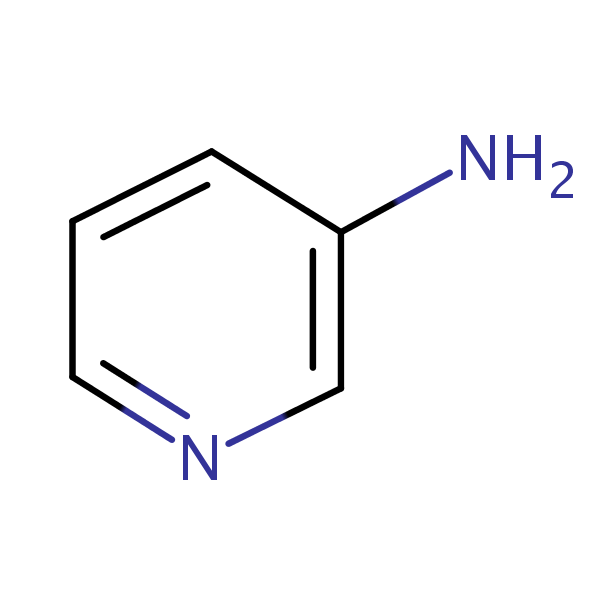Hafnium silicide:Crystal structure,Characteristics,Uses
Hafnium silicide is mainly used in semiconductor components, thin film coating, block structure components, electric heating components, thermoelectric materials, and photovoltaic materials.
Apr 10,2024 Inorganic chemistryCrystal Structure and Optical Absorption Analysis of Aluminum Carbide
Considering the unique characteristic features, aluminum carbide might have huge potential for exhibiting active functionality on field-emission application. This article will introduce the its crysta
Apr 10,2024 Inorganic chemistryThe side effects of Omalizumab
Xolair? is a brand of omalizumab. This medication treats allergic asthma, chronic hives, and nasal polyps.
Apr 10,2024 APIUses and Health benefits of Germanium
Germanium has the Cubic, Diamond Structure - Space Group Fd3m.
Apr 10,2024 Inorganic chemistryCrystal Structure and Forming Process of Lanthanum Silicide
Rare earth metal (REM) silicides are a novel class of materials. Lanthanum silicide is one of them. This article will introduce the crystal structure and forming process of it.
Apr 10,2024 Inorganic chemistryAn antineoplastic agent: Epothilone B
Epothilone B is an ideal drug for the treatment of spinal cord injury (SCI), which can reduce scar formation in the lesion site, reactivate the axons' regeneration potential and is convenient for oper
Apr 10,2024 APIQ:Do any foods contain rapamycin?
A:Rapamycin is a natively appearing compound. It was originally found in the soil of Easter Island. However, there is no natively found Rapamycin in foods.
Apr 10,2024 Biochemical EngineeringSeveral mechanisms of action of rituximab
Rituximab has become a mainstay in treating a broad variety of B-cell malignancies.
Apr 10,2024 APIBioassay of 2-(Chloromethyl)Pyridine Hydrochloride for Possible Carcinogenicity
2-(Chloromethyl)pyridine hydrochloride, an aromatic heterocycle used in a variety of syntheses, was selected for bioassay by the National Cancer Institute because of the structural similarity of this
Apr 10,2024 API3-Aminopyridine vs 2-Aminopyridine vs 4-Aminopyridine: Difference between the three
3-Aminopyridine is an important organic intermediate compound used as a plant growth regulator and also in the manufacture of pharmaceuticals, dyes, agrochemicals and oligomers/polymers.
Apr 10,2024 API



